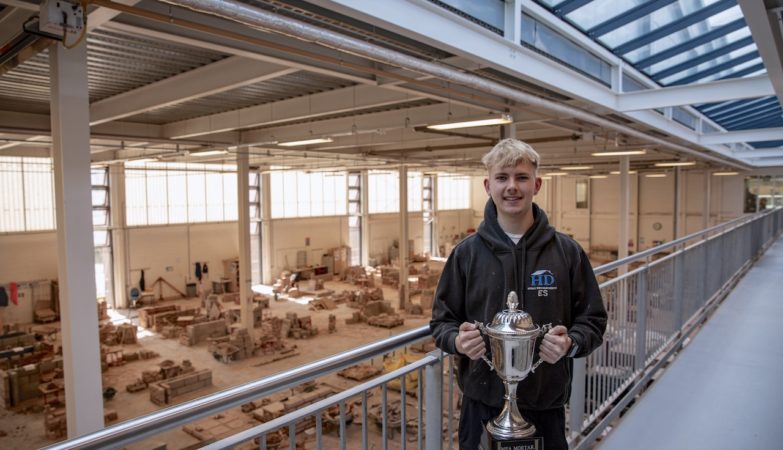 AboutKidsHealth.ca, leading online Canadian source for children’s health information, reports that developers are coming up with ingenious methods of improving surgical processes with the aid of Microsoft Kinect.
AboutKidsHealth.ca, leading online Canadian source for children’s health information, reports that developers are coming up with ingenious methods of improving surgical processes with the aid of Microsoft Kinect.
Kinect is a type of technology that allows the user to play video games on Xbox 360 without the need for a controller. The Kinect is equipped with a webcam-style add-on which projects infrared beams on everything in its path. This enables the user to control the game using gestures and voice commands. Further, Kinect is able to track the motions of its users. It can tell different users apart based on facial and body characteristics. Kinect is also relatively inexpensive, at $150, and holds the Guiness world record for fastest selling consumer electronics device.
“Essentially, Kinect is skeleton tracking. When it records people’s gestures, it knows the exact location of all their joints. It’s basically low cost, full video motion capture,” says Jamie Tremaine, a mechanical engineer and developer of the technology to use Kinect in health care.
When Kinect was introduced on the market, Tremaine and his colleagues Matt Strickland, a surgical resident and electrical engineer, and Greg Brigley, a hardware developer, saw its potential for use during cancer surgery.
In surgery, there is a need to keep everything sterile around the patient who is being operated on. This is called the ‘sterile field’. However, during cancer surgery, the surgeon also needs to view MRI images of the tumour on a computer, which is not sterile. Traditionally, if the surgeon wants to scan through these images during surgery, he has a couple of choices.
He can halt the surgery, remove his gown and gloves, go to the computer, find the image he needs, scrub and decontaminate himself again like he did when he started the surgery, put on another gown and gloves, and proceed back to the patient to continue the surgery. Alternately, he needs to give very detailed instructions to a colleague to find the image for him. Either choice costs time, a precious commodity when there is a patient on the operating table.
Tremaine, Strickland, and Brigley realized that Kinect technology could be used to make the surgical process a bit easier. They programmed Kinect to allow surgeons to make hands-free gestures that could manipulate the MRI images on the computer screen during surgery.
By removing the need to touch anything on the computer such as the keyboard or mouse, the surgeons can maintain their sterile field and not have to rescrub before going back to the patient. The technology was embraced by Dr. Calvin Law, an oncologist and surgeon at Sunnybrook Hospital in Toronto, from its conception back in October.
There are many savings involved with this sort of technology. There is the cost of scrubbing, gown, and gloves. There is the time of the doctor and everyone else in the OR with him. There is a savings in terms of the time the patient has to spend anaesthetized on the operating table. And there is a savings in terms of the surgeon’s concentration.
Some may wonder whether Microsoft, the developer of Kinect, had any issues with the use of their technology in this manner. !They are absolutely OK with it. I’m not using any Microsoft software whatsoever. I just use the hardware. It’s kind of like modifying your toaster. I own this cool device so I can do anything I want to it. Beyond that, Microsoft has said they designed the hardware to be open by design. Also, they said they are happy to have applications that aren’t for gaming,” explains Tremaine.
After making a few refinements to their technology, the team is planning to go multisite with the University Health Network.
Sherene Chen-See
Writer/editor
AboutKidsHealth.ca
Please visit AboutKidsHealth.ca for additional education and children’s health resources or for the original article, go to: http://aboutkidshealth.ca/En/News/NewsAndFeatures/Pages/Kinect-in-cancer-surgery.aspx
AboutKidsHealth.ca
AboutKidsHealth.ca is the leading Canadian online source for trusted child health information, and has a scope and scale that is unique in the world. Developed by SickKids Learning Institute in collaboration with over 300 paediatric health specialists, the site provides parents, children, and community health care providers with evidence-based information about everyday parenting information, health and complex medical conditions, from Kinect to teaching science. AboutKidsHealth.ca adheres to rigorous quality standards for the creation and review of health information.
Visit www.aboutkidshealth.ca to find out more.
For more information, please contact:
Sue Mackay, Communications
mailto:susan.mackay@sickkids.ca
The Hospital for Sick Children
555 University Avenue
Toronto, Ontario
M5G 1X8
Canada
Tel: 416-813-5165







